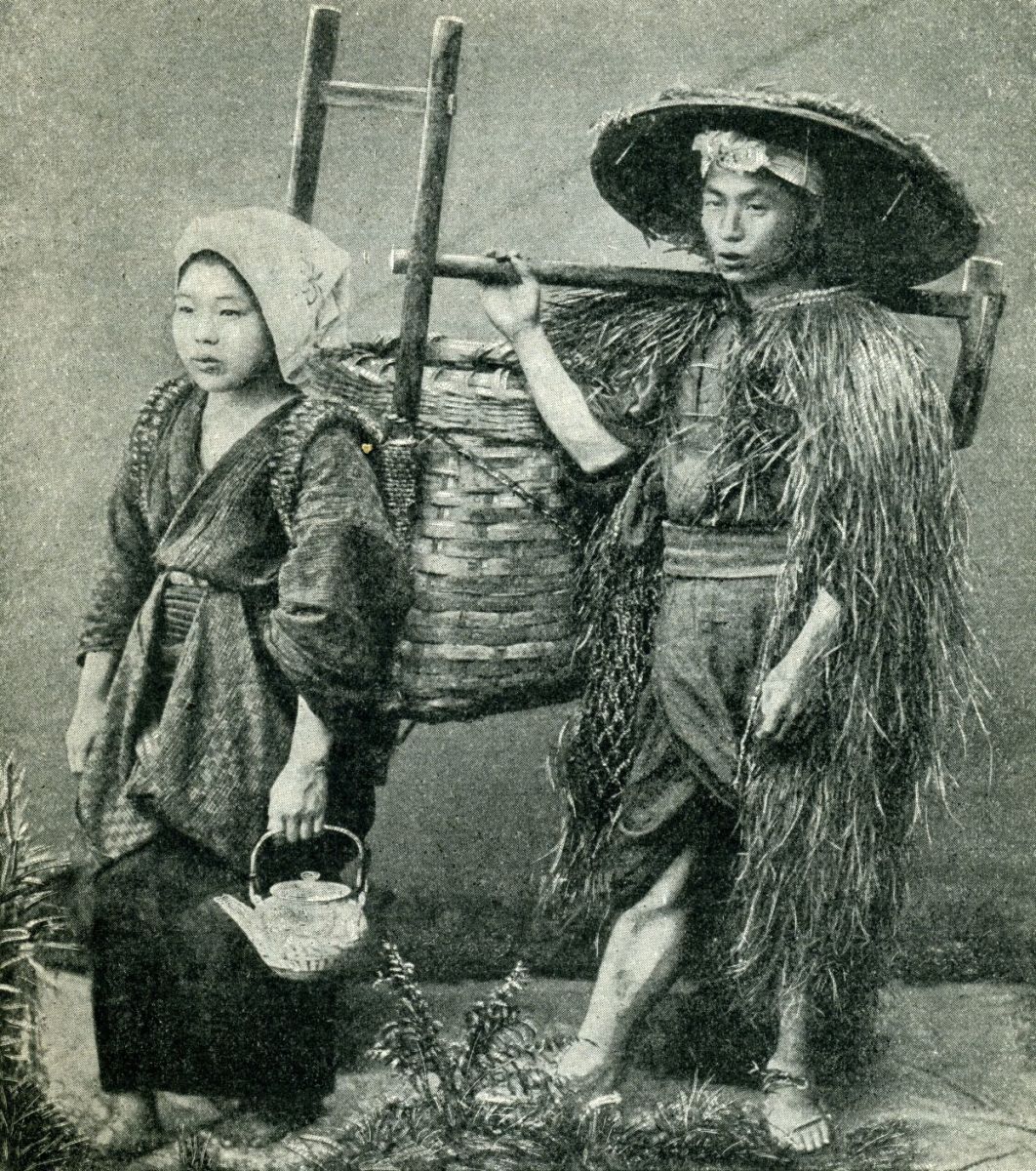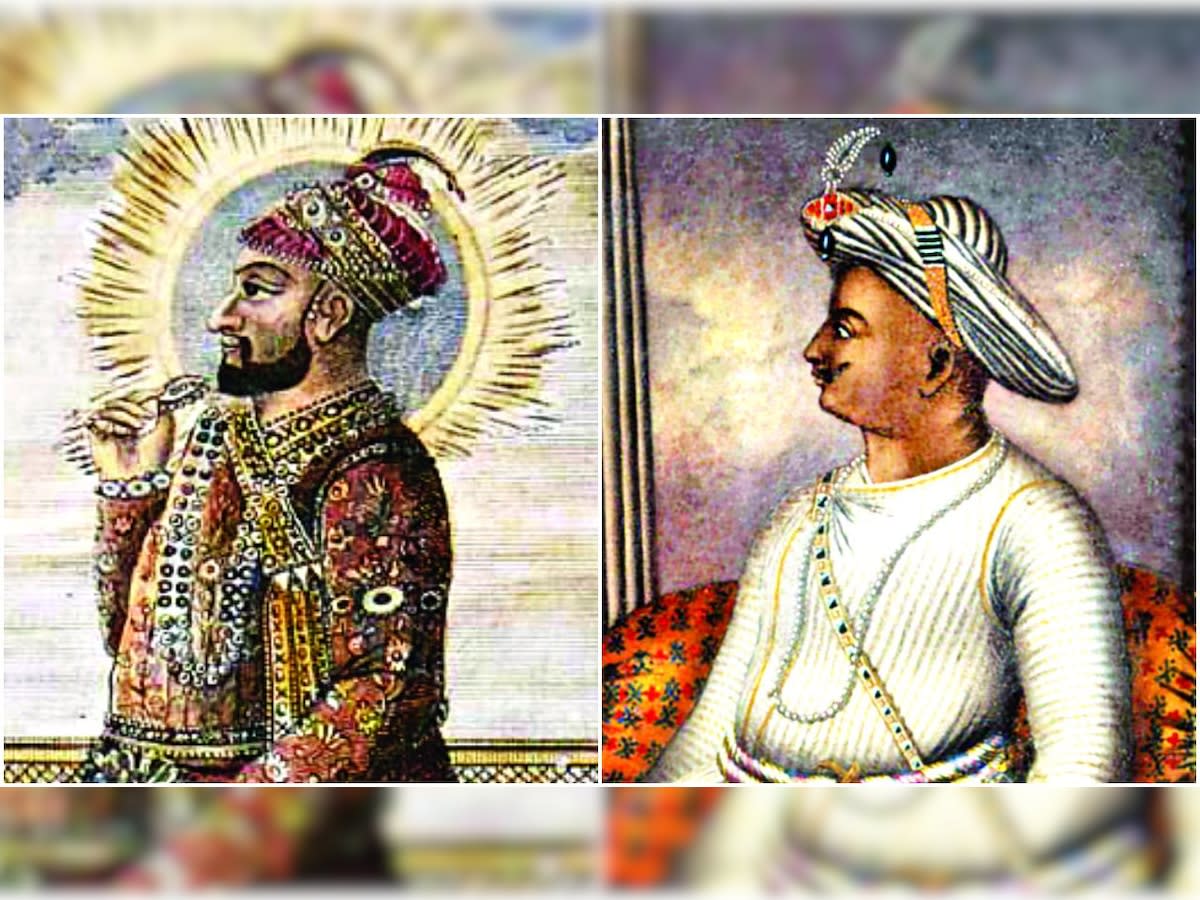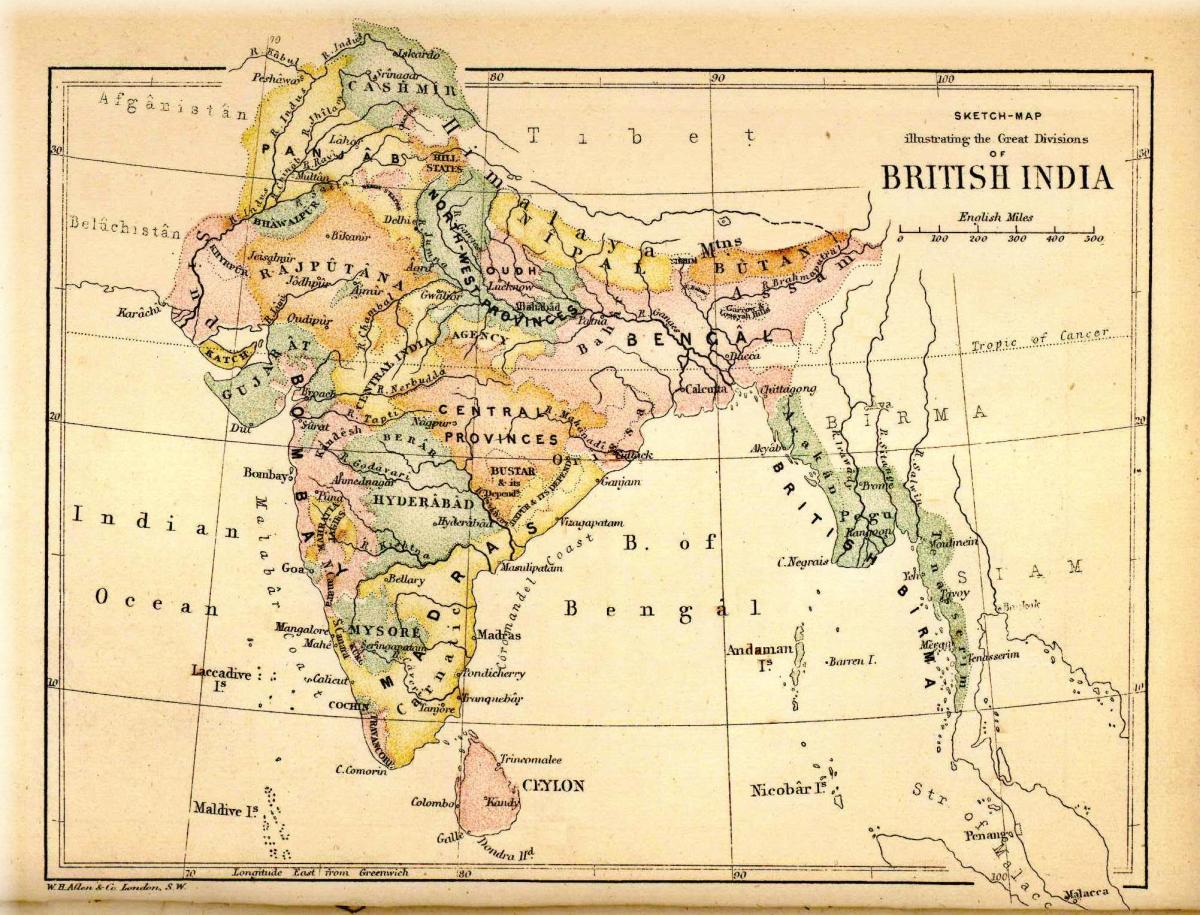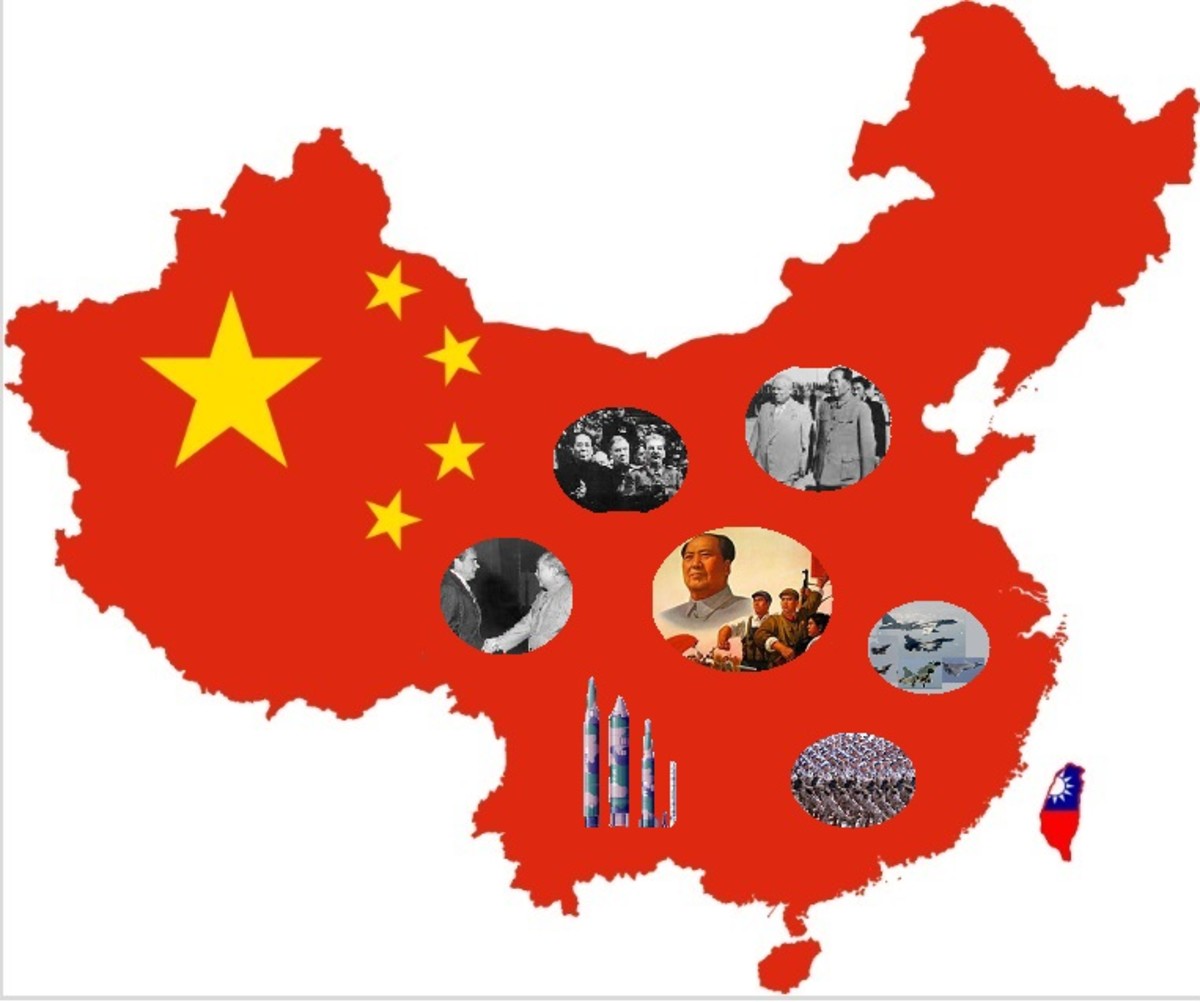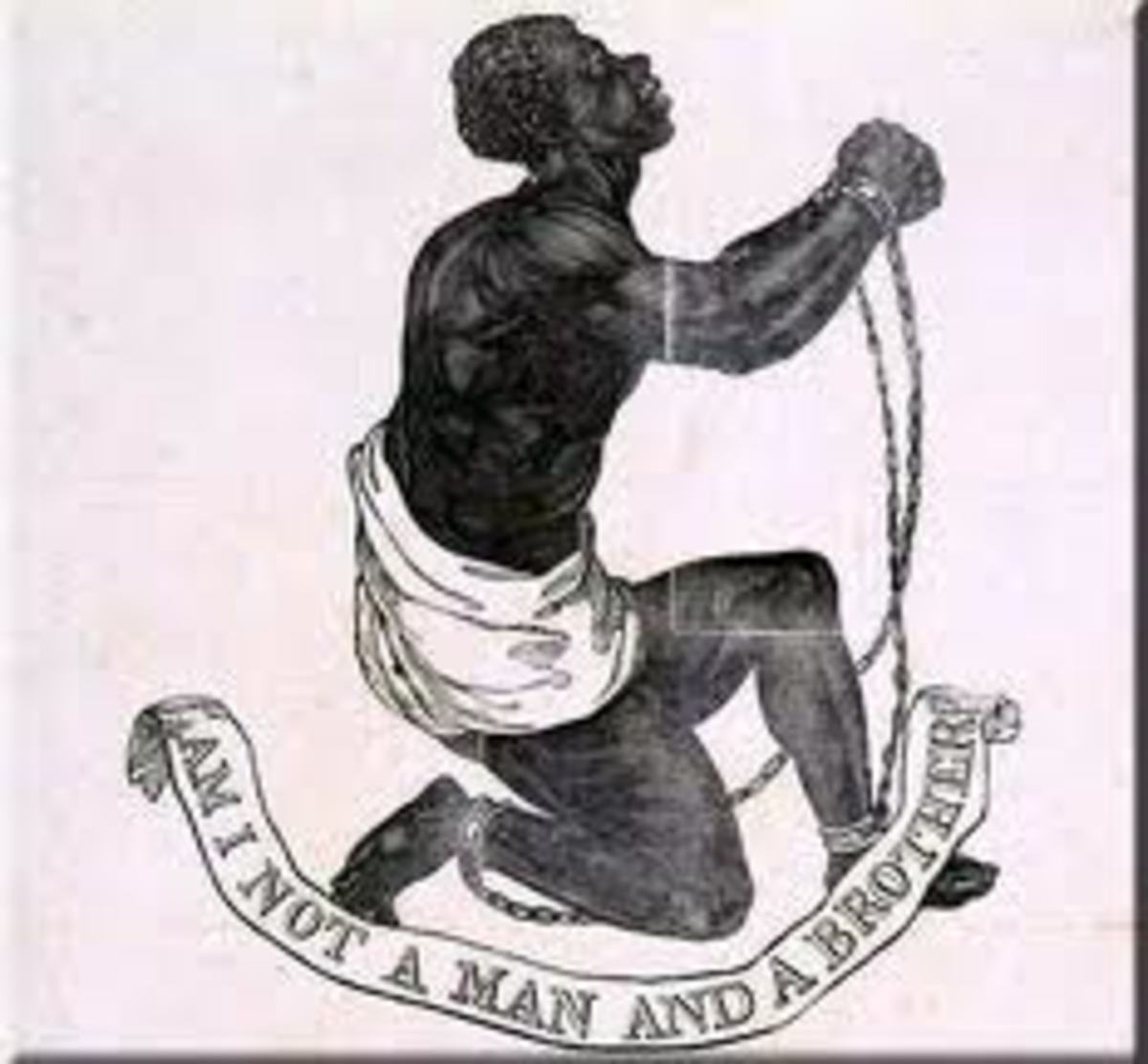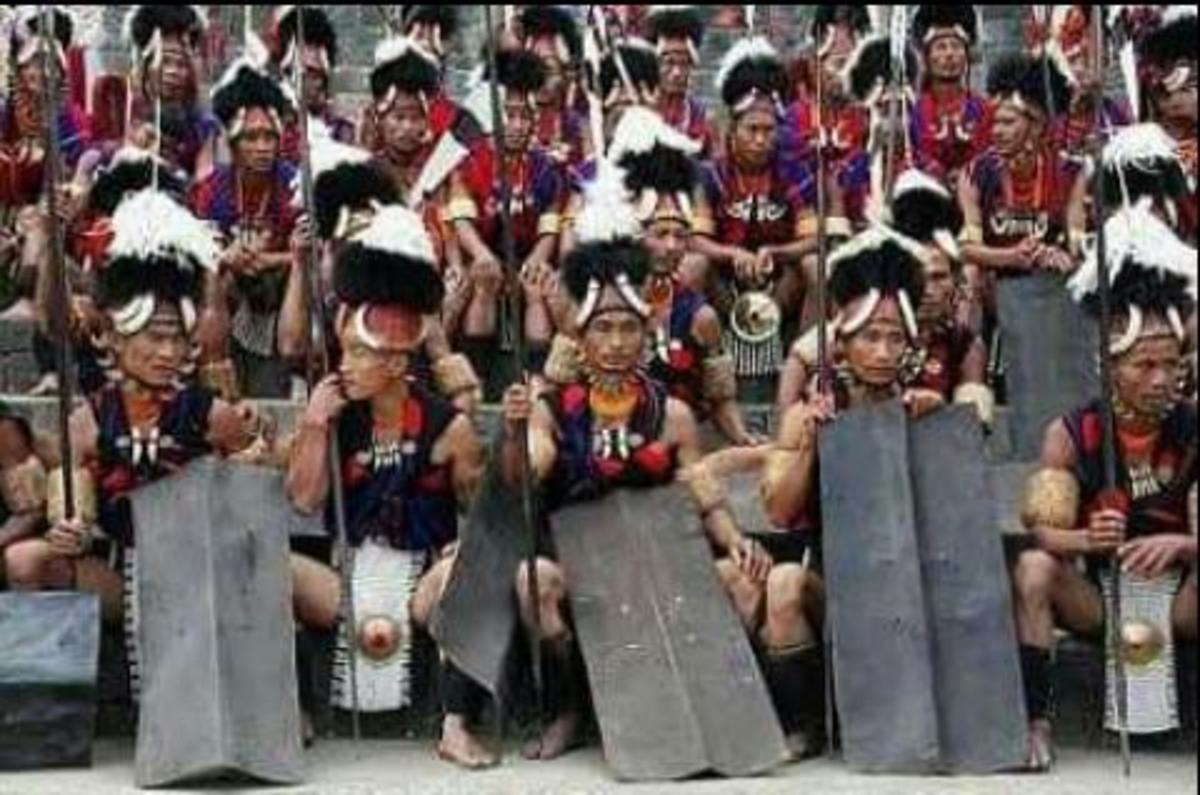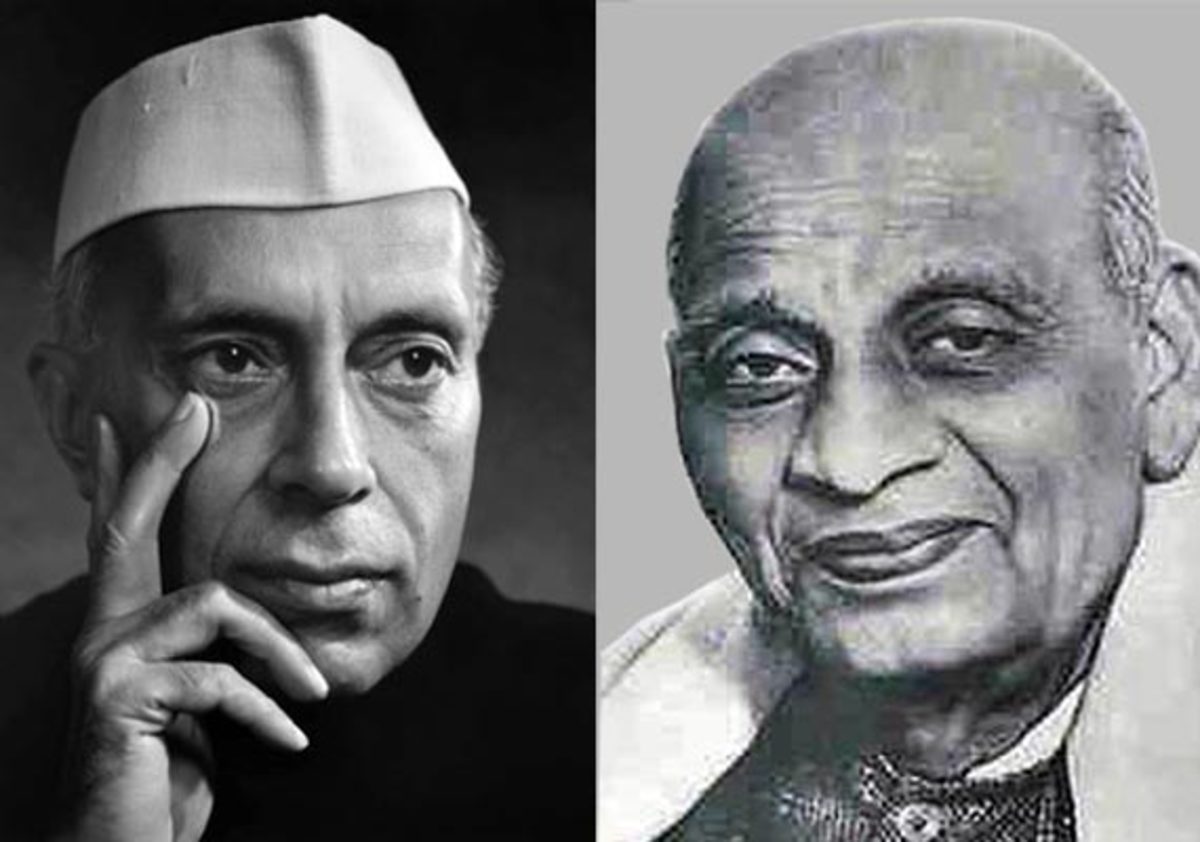- HubPages»
- Education and Science»
- History & Archaeology»
- History of Asia
Peasant Movements in India
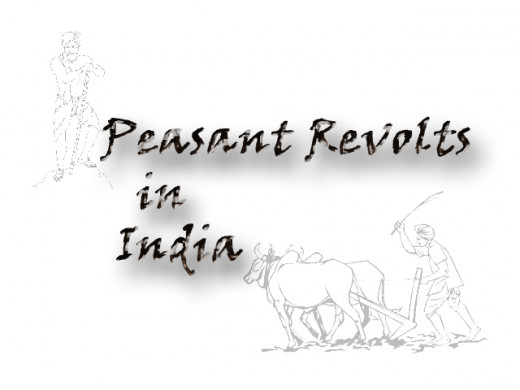
Peasants were traditional farmers in the countries where farming is a common way of life. They are agricultural labour-force in a pre-industrial society. Most of them generally belong to the low social status strata of the society.
In India during the British rule, almost 75 major Peasant`s movements took place from 1858 to 1947. Peasants actively participated in the movements against the English in protest of the; Taxation policies of the British like Zamindari System, Ryotwari System and Mahalwari System; forcible cultivation of certain crops; exploitation of the money lenders; exploitation of the intermediaries.
In 19th Century, the peasant movements were never against the British but the immediate enemies were targeted instead, peasants requested the British to help them from the atrocities of the intermediaries. However, in 20th century the peasant movements were almost against the British government, they were lead by the congress leaders and were integrated with the national movement as well.
Indigo Revolt
The revolt was lead by the Indigo cultivators in 1860. The revolt mainly occurred in the areas Barsat, Jessore, Khulna, Rajasthan, Dacca, Malda and Dinajpur. The peasants in the said areas were forced to grow the indigo crop (plants that produce a natural dye called indigo) by the British planters. Even during the times of famines the peasants were forced to grow the crop. Apart from that, the army maintained by the planters called Lathiyals used to harass the peasants frequently. In consequence, the peasants protested against the planters.
Digambar Viswas and Bishnu Viswas were the two important leaders lead the above peasant revolt. Intellectuals like Gandharva Narayan, popularly known as Dinabanshu Mitra and Harischandra Mukherjee, editor of the Hindu Patriot supported the revolt. Dinabandhu Mitra wrote the play Neel Darpan during the revolt and extended his support.
In 1860, the revolt was started at Govindpur against the atrocities of British planters. Later it spread to the above said areas. In the same year, Indigo commission was appointed to inquire into the issue. The commission recommended the ban on the forcible cultivation of Indigo and it was subsequently approved and enforced.
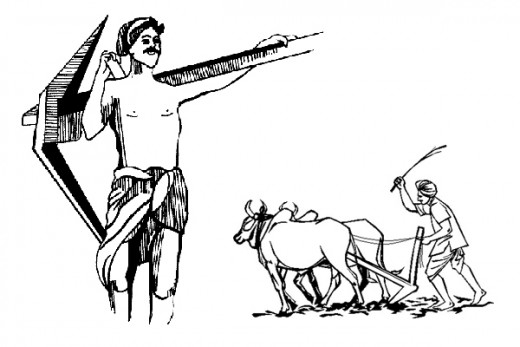
Deccan Riots
Peasants of Kardeh in Sirur taluk, poon a district and several taluks of Ahmadnagar district (Maharashtra) lead the revolt primarily against the atrocities of the money lenders. The revolt was supported by Maha Gobinda Ranade through his organization Puna Sarvajana Sabha.
In 1876, there was a sudden fall in the cotton prices and peasants underwent losses. However, there was no remission in land revenue payment and demand was increasing from the government instead. The local moneylenders at the same time took advantage of the situation and resorted to several atrocities against the peasants while lending money to them.
In December 1874, a money lender by name Kalvoram obtained a decree of eviction against a peasant Baba Saheb Deshmukh and subsequently began eviction of the peasant`s house. The event triggered the revolt in the entire Poona (Maharashtra) and peasants revolted against the money lenders. Houses of money lenders were attacked and bonds, deeds and decrees were targeted. Police intervened and suppressed the uprising and several arrests took place in June 1875.
In the wake of the foregoing; the government appointed Deccan Riots Commission to inquire into the issue in 1879, The Agriculturist`s Relief Act was passed subsequently to provide relief to peasants by enforcing the restrictions and alienation of the peasant`s lands. Further, restrictions on the operation of the civil procedure code was announced which has got the amendments; no arrests of peasants and no sentencing the same to civil debtor`s jail s for failure to pay debts.
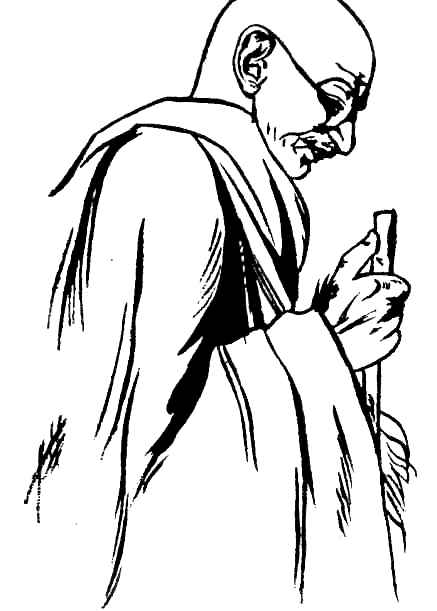
Champaran Satyagraha
The place called Champaran lies in the north western part of Bihar. The peasants of Bihar revolted against the planters in protest of the latter's oppressions. The cause for the revolt was the forcible cultivation of indigo crop. The picture was little different from the Indigo revolt of 1860 which was detailed above. The planters came up with a new system called Tinkathia, where the peasants shall reserve 3/20 of their cultivable land to grow the indigo crop. In 1900, two provisions were announced to liberate the peasants from the system of Tinkathia, they are; payment of lump sum compensation (Tawan) to the planters to quit indigo cultivation or Rent enhancement (Sarahbeshi) after quitting indigo cultivation. At this point of time the Germans invented synthetic dyes which lead to the fall of demand for the indigo crop.
Gandhiji, Rajendra Prasad and Raj Kumar Sukla were the important leaders who lead the movement. This was Gandhiji`s first participation in a movement in India. He was invited to lead the above movement by Raj Kumar Sukla.
Gandhiji introduced Satyagraha concept in this movement, a non-violent and non-cooperation revolt. Gandhiji was arrested for his participation in the movement and was later released. On June 1917, an Enquiry Committee was appointed with Gandhiji as one of the members to look into the issue of Champaran revolt. Basing on the recommendations of the committee, the Champaran Agrarian Act was passed with the provision of freeing the peasants from the imposts levied, banning the Thinkathia, abolishing Sarahbeshi. Further, the Government passed orders directing the planters to return the Tawan collected and up to 25% of the collected was returned.
Kaira / Kaida Movement
Kaira is located in Gujarat where peasants revolted against the British oppression. Gandhiji lead this movement as well and it was his second movement.
In 1980, drought occurred in Gujarat and the production was below 25%. There was legislation at that time which states that if production was less than 25%, remission shall be given over payment of land revenue. But, the British officials never gave any remission. Satyagraha form of struggle was continued till June 1918. In response, the government appointed Judith Brown Commission. The commission gave its report stating that the government officials collected nearly 93% of the assessment. Finally, the Government accepted the demands of the peasants.
Bardoli Satyagraha
The above movement was lead by Vallabhai Patel in Bardoli in Gujarat. He was given the title Sardar in this movement. Mehta brothers on behalf of Pathidar Yuvak Mandal invited Patel to lead the movement.
In 1928, the Government enhanced the land revenue and made it 25%. In consequence, the peasants of Bardholi revolted. The Government appointed Bromsfield Commission to inquire the legality of the enhancement of the land revenue. The Committee recommended withdrawing the enhancement of the land revenue.


